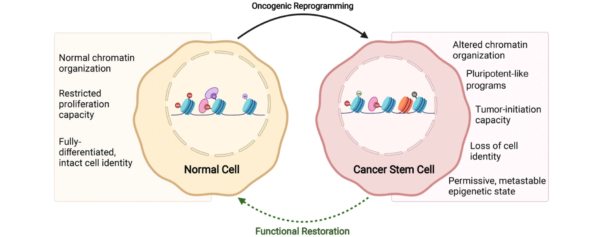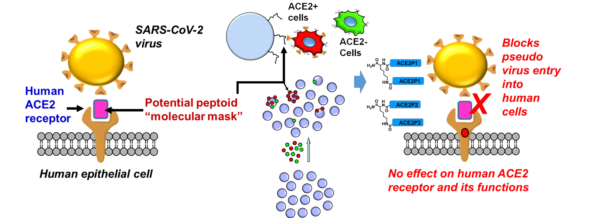Introduction:
Voltage-gated channels are an essential class of membrane proteins that play a pivotal role in electrical signaling in cells. Found in excitable tissues, such as neurons and muscle cells, these channels are instrumental in generating action potentials and enabling communication within the nervous system. In this blog post, we will delve into the fascinating world of voltage-gated channels, exploring their functions, regulation, and significance in various physiological processes.
Understanding Voltage-Gated Channels:
Electrical Signaling:
Voltage-gated channels are membrane proteins that respond to changes in the electrical potential across the cell membrane. They are activated or deactivated when the membrane potential reaches a particular threshold, causing them to undergo conformational changes and open or close. This regulation of ion flow is critical for generating electrical signals in cells, such as action potentials in neurons and muscle contractions.
Ion Selectivity:
Different types of voltage-gated channels are selective for specific ions, including sodium (Na+), potassium (K+), and calcium (Ca2+). The selectivity of these channels allows for the precise control of ion flux across the cell membrane during electrical signaling. For example, voltage-gated sodium channels rapidly open in response to a depolarization, allowing a large influx of Na+ ions, which triggers the initiation and propagation of an action potential.
Functional Diversity:
Voltage-gated channels exhibit remarkable functional diversity, each playing a unique role in various physiological processes. For instance, voltage-gated sodium channels are responsible for the rapid depolarization phase in action potentials, while voltage-gated potassium channels repolarize the membrane, restoring it to its resting state. Voltage-gated calcium channels, on the other hand, regulate processes such as neurotransmitter release and muscle contraction.
Channelopathies and Therapeutic Potential:
Dysfunctions in voltage-gated channels can lead to channelopathies, which are disorders caused by mutations or dysregulation in the channel proteins. These disorders can manifest as epilepsy, cardiac arrhythmias, and neurological conditions. Understanding the structure, function, and regulation of voltage-gated channels provides insights into potential therapeutic interventions. Targeting these channels with drugs can offer treatments for channelopathies and other related conditions.
Research and Future Prospects:
Extensive research is ongoing to unravel the complexities of voltage-gated channels, including their regulation, interactions with other proteins, and contributions to disease mechanisms. Advances in techniques such as structural biology and electrophysiology have provided remarkable insights into the functioning of these channels, paving the way for future discoveries and potential therapeutic breakthroughs.
Conclusion:
Voltage-gated channels are remarkable membrane proteins that enable electrical signaling in excitable cells. Their selective regulation of ion flow plays a fundamental role in processes such as neuronal communication, muscle contraction, and neurotransmitter release. The study of voltage-gated channels opens new avenues for understanding channelopathies and developing targeted therapeutic interventions. As research and technology continue to advance, our understanding of voltage-gated channels will deepen, uncovering new insights into their intricate mechanisms and potential in improving human health.
#voltage-gatedchannels #membraneproteins

